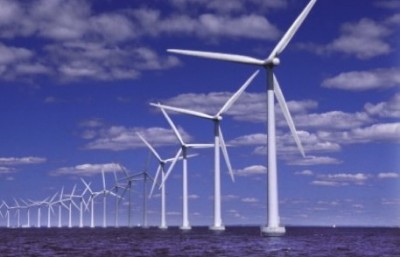 According to memory, Sam Booher congratulated Southern Company (SO) CEO Thomas A. Fanning on moving away from coal, and recommended big bold bets in solar power. Camera operator error prevented recording what Booher said. I did get video of CEO Fanning’s response, about shale and natural gas, plus Australia.
According to memory, Sam Booher congratulated Southern Company (SO) CEO Thomas A. Fanning on moving away from coal, and recommended big bold bets in solar power. Camera operator error prevented recording what Booher said. I did get video of CEO Fanning’s response, about shale and natural gas, plus Australia.
…the most reliable forms of energy. Today, with the revolution we have seen in the shale gas industry, that tends to be natural gas. And so what we are doing is we are transitioning away from coal towards natural gas. Combined with new environmental regulations that we will comply with.
Those would be the new environmental regulations about which SO Chief Operating Officer Anthony Topazi said last December:
“It’s physically impossible to build the controls, the generation, the transmission and the pipelines needed in three years.”
COO Topazi also projected:
“We will experience rolling blackouts or rationing power if we don’t have simply the time to comply.”
Since SO CEO Fanning didn’t say anything about rolling blackouts or rationing power, I guess SO managed to find a way to comply, just as other power companies said they could at the time. Maybe we shouldn’t pay too much attention to predictions of flickering power from SO.
Back to CEO Fanning:
From an energy standpoint, Southern Company is a little bit smaller, but similar to, the energy production profile of the nation of Australia. We are a great, big company from an energy production standpoint.
According to Forbes 18 March 2012, SO is the largest electric utility in the U.S. by retail sales and number 6 in the world. Back in 2006, Forbes ranked Germany’s E.ON number one in the world, and Japan’s TEPCO as number 6. What happened to E.ON and TEPCO? Continue reading

















